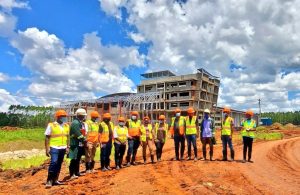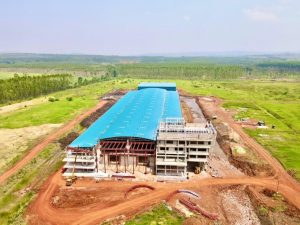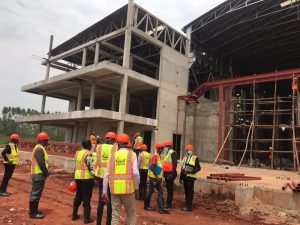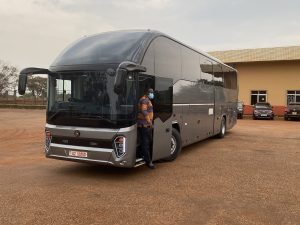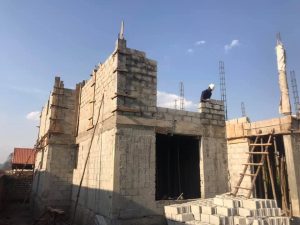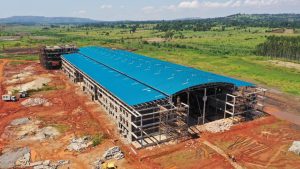
#OutToLunch How to tell a pyramid scheme from a genuine investment
#OutToLunch How to tell a pyramid scheme from a genuine investment By Denis Jjuuko In the late 1990s, at every little gathering, people especially men converged in every little corner and made their nails dirty. They were scratching for cash and Hyundai cars. Like in all such lotteries, a few people would be winning hence more people buying the tickets to scratch. The scratch for cash, cars and later houses business would propel the businessman behind it to one of the richest people in Uganda. Eventually, scratch for cash ran its course when more people realized that it was easier to go to heaven than becoming wealthy by simply scratching a piece of well decorated cardboard. As it was folding, the English Premier League was becoming increasingly popular being broadcast for free on one of the pioneer privately owned TV stations in Uganda. Being shown in color, the English Premier League quickly relegated Football Made in Germany to the backseat. Betting companies started sprouting up in every nook. If you predicted the score, you would walk away a millionaire. Like in all gambling, a few people must win to attract more others who fund the winning bonuses. The betting went beyond the English Premier League to all sorts of sporting activities. One day, on a walk in one of Kampala’s suburbs, I walked behind some security people perhaps from a night duty and they were discussing a football game that had taken place in Kazakhstan. One of them had bet on it. I didn’t know that there is anybody in Uganda interested in any football being played in Kazakhstan but that is how wide the betting net is cast. With everyone, apart from some members of religious sects who take vows of poverty, dreaming to becoming rich or at least go to their creator while trying, there is never a shortage of people willing to invest little and earn big. So a pyramid scheme will always show up. From crypto currencies, forex trading (though many of these are genuine), to the latest BLQ Football that is alleged to have disappeared with some Shs60 billion from Ugandans. There is another one that may become like BLQ. Using a similar model, it talks of being the future of football and its promoters claim to be backed by the world’s richest man—a real indicator of what lays ahead. They claim that if you invest Shs100,000, you would be able to earn Shs400,000 per a week. They don’t tell you how Shs100,000 can make so much money. But they also say if you recruit 1,000 members and you have “300 people on level one” (whatever that means), you earn Shs38 million per a month. What will the recruited 1,000 people be doing for one to earn Shs38 million monthly, they will never tell you. They also have an option where whatever you invest can return 4% to 8% daily. There is no business that can give you such daily returns that is genuine. Bonds give returns of up to 20% and that is annual for long term investors (15 to 20 years). The current rate is around 17% annually for such long term investors. If anyone promises you 4% to 8% daily (1,460% – 2,920% annually), go and eat your money instead of donating to them to eat on your behalf. There isn’t a business that is legal that one will do using your little savings or tuition fees to invest in a business, pay all the expenses, taxes, get themselves some profit and be able to give you 2,920% annually on top of what you have invested. The money they give the people who invest in the early days is got from people they keep recruiting and the only reason they pay them is to recruit more gullible people. This business model is not sustainable that is why once the people being recruited run out, the scheme collapses. And these days, you can’t even get the money. They simply make you open an online account where you see amounts being increased on a daily basis but once you try to withdraw it, they will claim a technical issue, an upgrade of the system or such other things before the site goes down completely. If you want to make money, without doing anything, go to your licensed bank and buy bonds or treasury bills or look for again a licensed insurance company or even those involved in unit trusts. You can reach out to Capital Markets Authority for the licensed ones. You can also buy shares in listed companies. Businesses promising you to simply recruit people, make them pay some money and earn Shs38m a month are just pyramid schemes.



